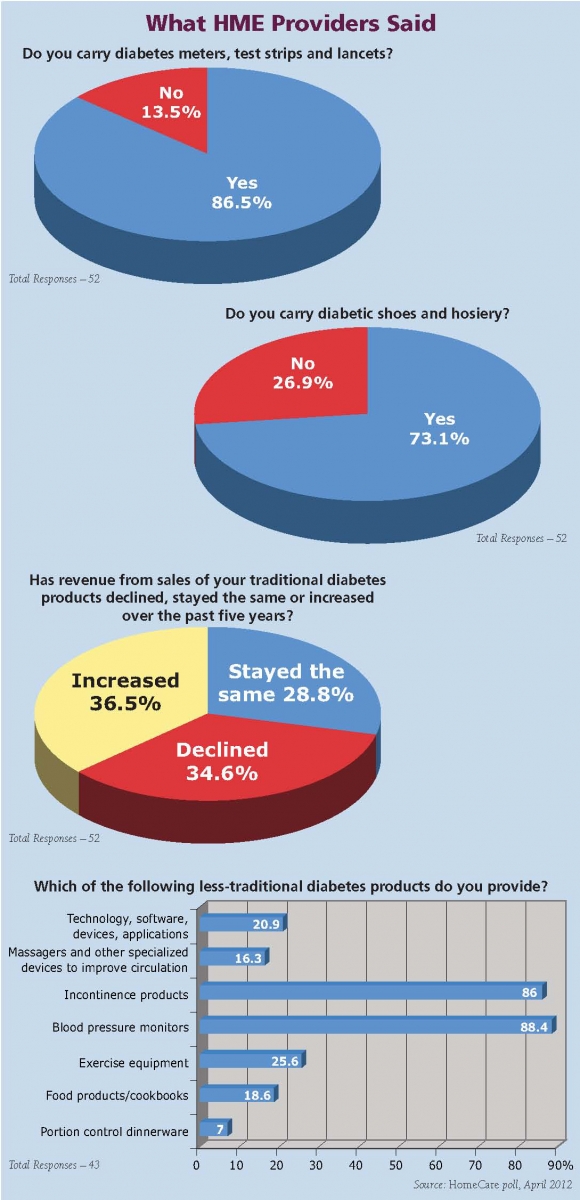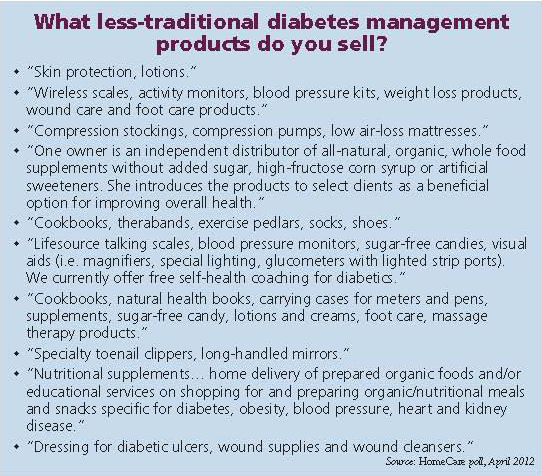 The numbers are staggering. Nearly 26 million people, or 8.3 percent of the population, have diabetes in the United States. Another 53 million have pre-diabetes, a condition in which blood sugar levels are elevated and the risk of developing full-blown diabetes is high. By 2050 the number of Americans with the disease could be as high as one in three, according to the Centers for Disease Control and Prevention (CDC).
The numbers are staggering. Nearly 26 million people, or 8.3 percent of the population, have diabetes in the United States. Another 53 million have pre-diabetes, a condition in which blood sugar levels are elevated and the risk of developing full-blown diabetes is high. By 2050 the number of Americans with the disease could be as high as one in three, according to the Centers for Disease Control and Prevention (CDC).
And diabetes is growing across all age groups, including the elderly. More than 10.9 million Americans age 65 or older have diabetes, and one third of people newly diagnosed with the disease are over 60, according to the CDC. Nearly 400,000 elderly are diagnosed with type 2 diabetes—the most common form of the disease—each year.
In patients with type 2 diabetes cells may not properly absorb or use insulin, the hormone that helps transport sugar from the blood to the cells. This condition is known as insulin resistance. The pancreas may also produce less insulin. Typically, type 2 is treated with diet and exercise and oral medications. Increasingly it is also treated with injectable drugs, including insulin.
Older adults living with type 1 diabetes are also more common. That’s because people with this variant of diabetes, which is often diagnosed in juveniles, are living longer. In type 1 diabetes, the body’s immune system destroys the insulin-producing cells in the pancreas. The disease must be treated with insulin.
Both versions of the disease are chronic and require intense management to prevent complications which can include heart disease, kidney failure, blindness and amputations. Tight control of blood sugar levels can prevent these complications.
For older Americans, managing the disease can be especially challenging. Like younger people with diabetes they must test their blood glucose levels regularly, take multiple medications and pay constant attention to diet. But they are more likely to be managing other illnesses such as hypertension, arthritis and heart disease.
In many cases, older patients with diabetes may be dealing with an advanced state of the disease, including these complications:
- Heart and blood vessel disease: People with diabetes are at higher risk for heart attacks and strokes.
- Eye disease or diabetic retinopathy: People with diabetes also have a high risk for eye problems like glaucoma, cataracts and blindness. Doctors recommend patients have an annual eye exam.
- Kidney disease or nephropathy: Diabetes can damage the kidney’s ability to filter out the body’s waste products.
- Nerve disease or neuropathy: Nerve damage from diabetes may cause tingling, pain or weakness in the feet and hands. If not properly treated it can lead to amputation.
- Digestive problems: Nerve damage can also cause unpredictable blood glucose levels, diarrhea or constipation.
- Sexual problems: Women with diabetes may experience dryness or pain during sex, and men may develop erectile dysfunction.
 Elderly diabetics are at higher risk for hearing loss, depression and dental and gum disease. They are also at higher risk for cognitive decline, which can also complicate managing diabetes. Elderly patients may have trouble remembering to take medications or monitor their blood sugar, and they may also have trouble staying on a regular eating schedule.
Elderly diabetics are at higher risk for hearing loss, depression and dental and gum disease. They are also at higher risk for cognitive decline, which can also complicate managing diabetes. Elderly patients may have trouble remembering to take medications or monitor their blood sugar, and they may also have trouble staying on a regular eating schedule.
